This is the weekly column
Tasting science used to be so simple. Alas, no more.
Back in 1901, a German scientist opined various taste receptors were orderly segregated on your tongue in specific places. Sweet on your tip, salty on the sides, sour behind them, bitter in the back. Nice, neat, wrong.
Modern science—the flawed German study is from 1901—confirms the perception of taste is remarkably complex and not limited to your tongue. Judging flavors is deeply integrated into what is good for you to eat and what is not, so it should be no surprise that hundreds of thousands of years of tasting experience created a complex and extremely sophisticated human palate. If it had not, you and I would not be around to read about this.
Yes, it does start with the tongue. Sensors alert the brain when they encounter nutrients or toxins. Pleasure or poison is the first threshold. Horrible, you instinctively spit it out. But your response does not stop after that initial pass-fail taste test. When alerted, your gastrointestinal tract, liver, pancreas, fat cells, brain, muscle cells, and lungs also spring into action. Your tongue taste buds alert your body in the same way an airport system responds to an airplane coming in for a landing. Your tongue may be the control tower, but it only sets everything else into motion.
Ivan Pavlov, a Russian physiologist who won a Nobel Prize for his studies on digestion in 1904, showed lumps of meat placed directly into a hole in the dog’s stomach would not be digested unless he dusted the dog’s tongue with some dried meat powder to start things off. Dog food, wine. Who knew they would be connected?
I do not know of scientific studies to back me up, but I assert there is a connection between wine—essentially liquid fruit—and your body’s collective response to nourishment. Wine has complemented our food for at least 8,000 years, likely longer. When human beings find something that works, they tend to expand upon it.
Cheers.
Tasting notes
• Rainstorm Pinot Gris, Willamette Valley, Oregon 2022: Bright, fresh with good tartness, citrus. Delightful wine with the tartness and acidity to pair well with lighter fare. $16-18 Link to my review
• Ramōn Bilbao Verdejo, Rueda 2022: Crisp, fruity, refreshing. Bright, inviting, vibrant pleasure in the mouth. $18-23 Link to my review
• Becker Vineyards Prairie Cuvée, Texas High Plains 2019: Light, refreshing, full fruity flavor. Classic Rhône blend using Texas-grown grapes by substantial player in state’s ascendency in the wine world. $25 Link to my review
Last round
Commas are so very important. “Your dinner” (no comma) leaves you nourished. “You’re dinner” (comma) leaves you eaten. Wine time.








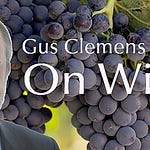
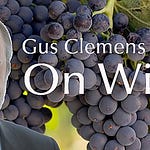
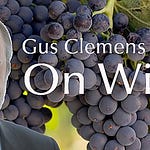
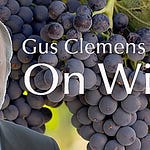
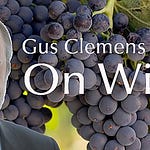
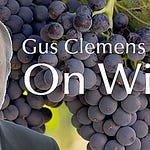
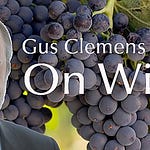
Share this post